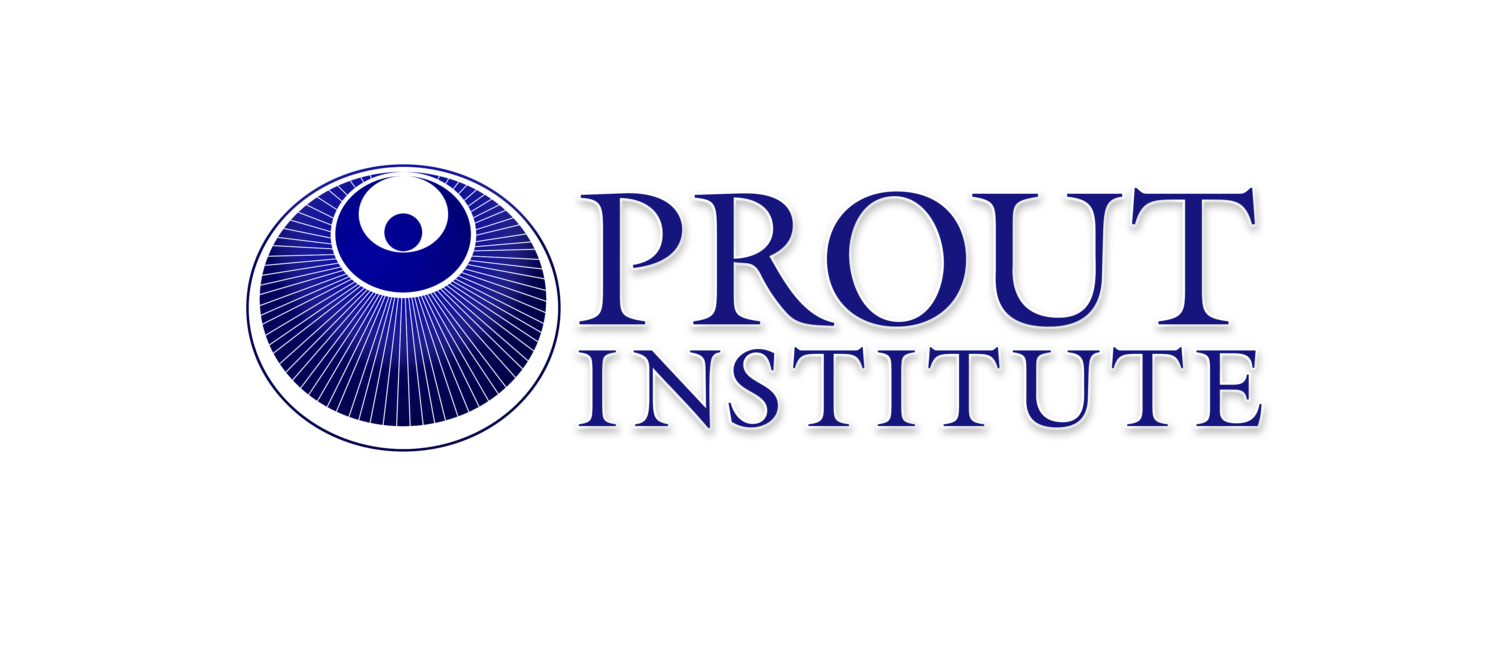Building the Green Infrastructure
This article was written in 2009. To download a PDF version of this article, click here.
The profusion of initiatives based on green cultural values can be conceptualized as the emergent building of a green infrastructure. This infrastructure can be depicted as a three-dimensional grid in which the diverse green initiatives can be positioned on a grid having the following three axes:
Axis 1: Sectors of Development of Green Values Initiatives
• forestry: social forestry/eco-forestry, restoration forestry, sustainable forest products
• food: local food production, sustainable agriculture, food preservation
• human development: personal development, spirituality, group process, conflict resolution
• built environment: eco-building, natural building, community housing, eco-villages
• urban planning: permaculture site development, suburban conversion, urban redesign
• energy: renewable energy, energy conservation, zero point energy
• water: rainwater harvesting, water quality, water conservation, greywater systems
• transportation: human powered vehicles, public mass transit, bike transport
• technology: alternative fuels, appropriate technology, materials recycling
• health: nutrition, well-being, energy therapies, herbal medicine, preventive medicine
• culture: local/bioregional culture, ritual, participatory culture
• environment: environmental restoration, land conservancy
• family: parenting, partnering, collective living, household sustainable lifestyle
• community: neighborhoods, rural networks, cooperative communities
• economy: local economy, sustainable development, cooperatives, alternative currency
Axis 2: Levels of Engagement in Promoting a New Culture
• personal
• family / household
• extended family / intentional community / spiritual community / peer network
• neighborhood / ethnic community / rural network
• city / town
• county / watersheds
• bioregion
• nation / multination unions
• planet
Axis 3: Arenas of Engagement in New Culture Initiatives
• theory: conceptualizing new values, design principles, and social vision
• policy: developing and promoting new public policy
• models: practical efforts to build new models
• education: educational initiatives to increase public awareness
• design: sustainably designing and managing resources [eg, permaculture]
• lifestyle: developing, teaching, and implementing sustainable lifestyle practices
• activism: social movements that resist oppression, exploitation and ecological destruction
So, for example, there might be a cell in this three-dimensional green infrastructure filled by initiatives to promote renewable solar energy (Axis 1), at the county level (Axis 2), through enacting legislation that creates tax incentives (Axis 3).
The concept of building a green infrastructure can give people and groups working in their particular green culture space better recognition that their efforts are not undertaken in isolation, but are part of multidimensional, integrated efforts to create a new culture based on new values.
To download a PDF version of this article, click here.
